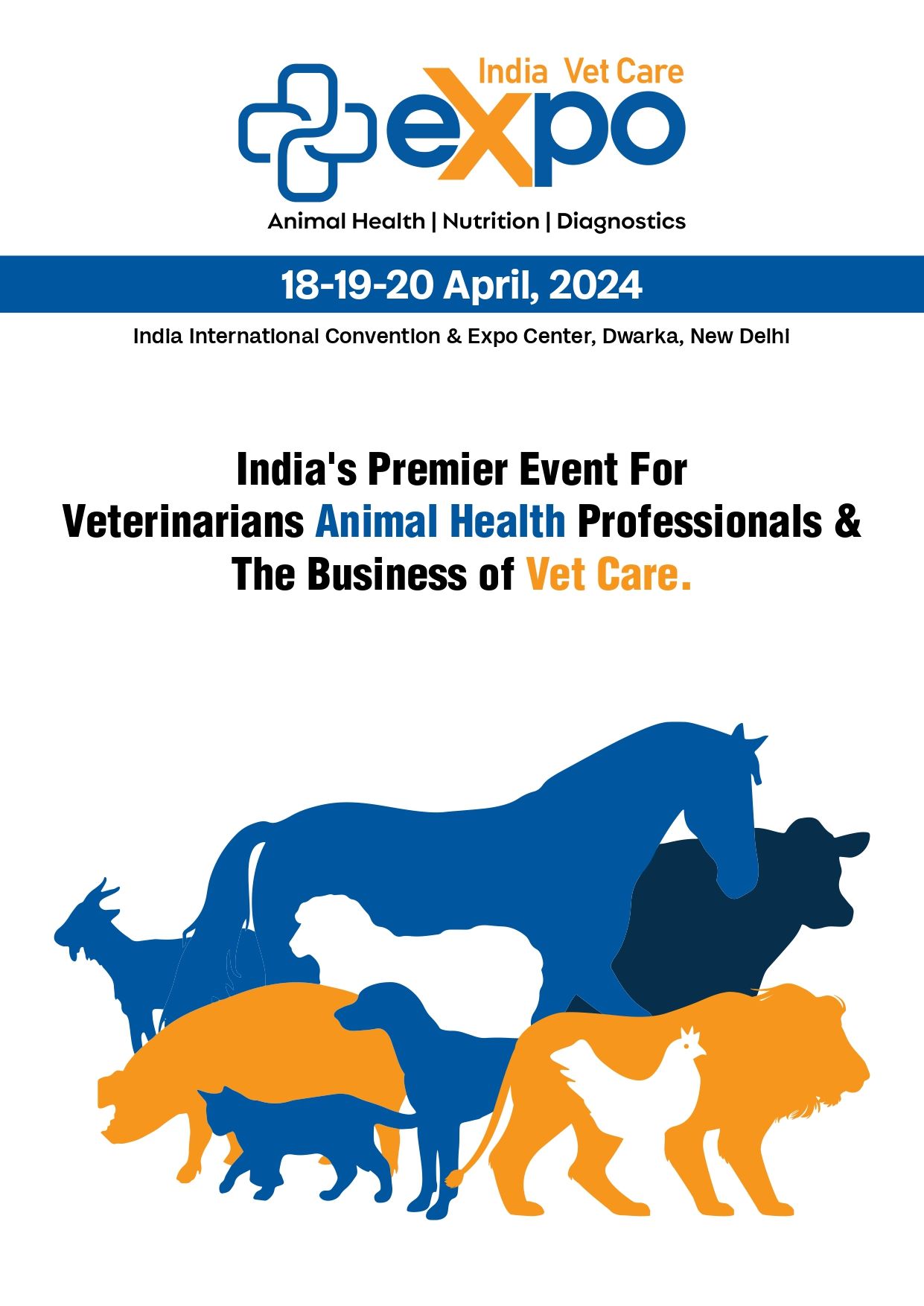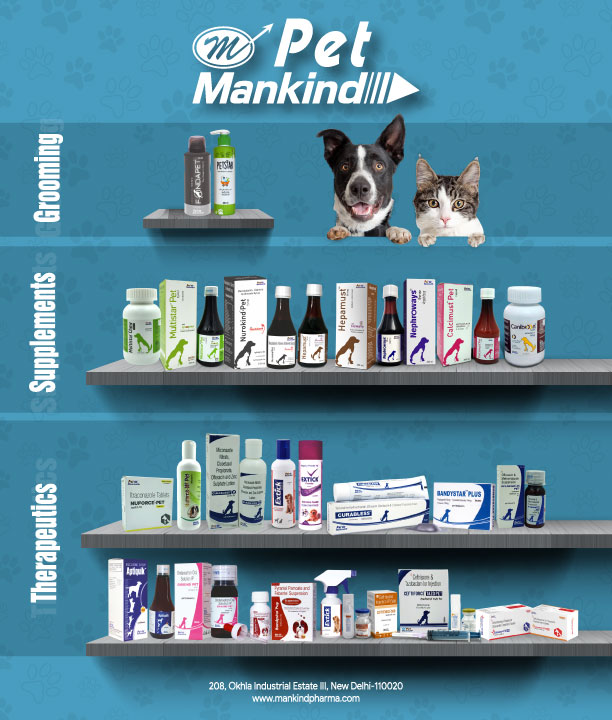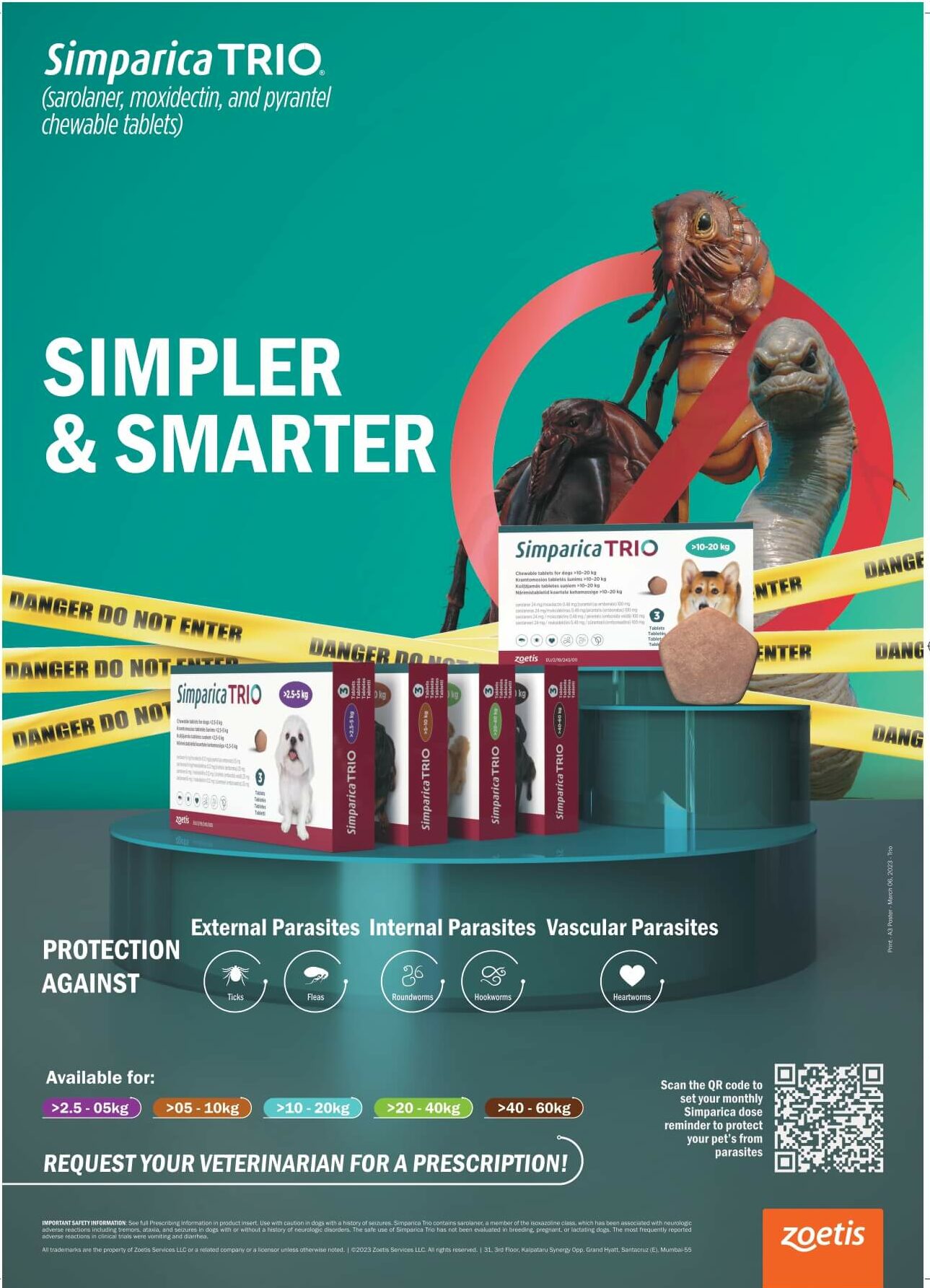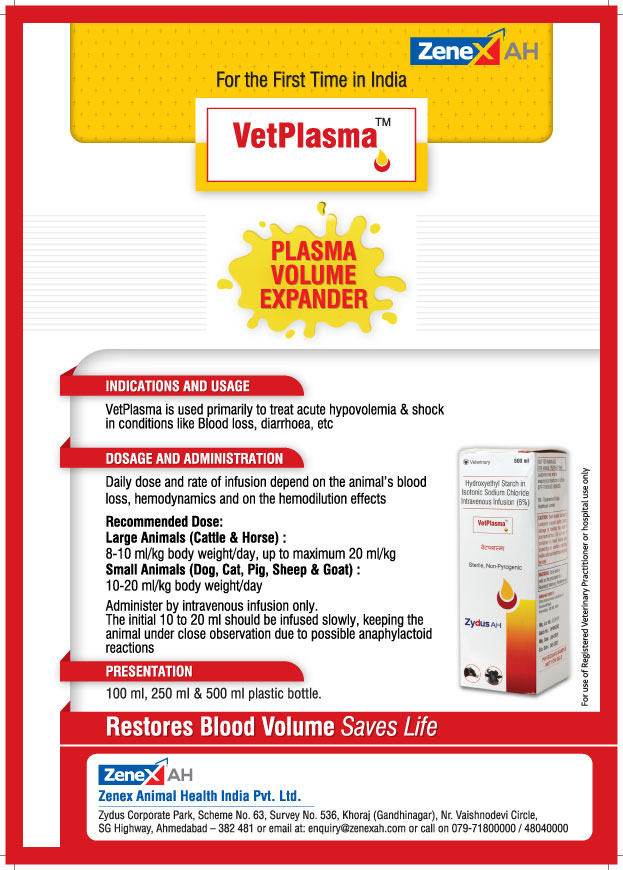
“Just because they do great going to the park or the vet in the car doesn’t mean they’ll do well on long trips,” says Laura McNally.
“Just because they do great going to the park or the vet in the car doesn’t mean they’ll do well on long trips,” says Laura McNally, a veterinary technician at Martin Veterinary Hospital in Toronto who has logged thousands of kilometres on North American roads with dogs along for the ride. Take dogs for test drives lasting at least one hour, and expose them to different road conditions. “Some animals are fine on city roads, but howl incessantly on highways or get sick on gravel roads.” If trial runs don’t pan out other forms of transportation must be explored. Feed your dog no less than two hours before departure, and then make sure he gets a good dose of exercise. “This will help him relax in the car,” McNally says. “And, of course, a full stomach right off the bat increases the likelihood of vomiting.” “Bring lots of fresh water and plan to pull over for 15 to 20 minutes every three to five hours,” McNally suggests. “If your pet requires meals along the way, you can reduce the normal amount of food by around 30 per cent, as he is not burning as much energy as usual. This will also help reduce the risk of vomiting.” Front seat? Head out the window? Forget it. There are two ways for dogs to ride safely in a car, McNally says: In a properly secured crate, which should be large enough for the dog to stand up in, turn around and lie down comfortably; or wearing one of the dog-friendly seat-belts that are available at most large pet stores.
To read more, subscribe to Buddy Life!










 " >
" >
 " >
" >